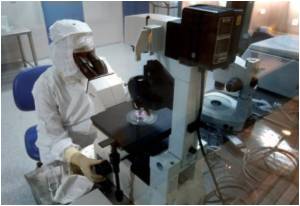
‘Targeting programmed cell death-1 (PD-1) and programmed cell death ligand (PD-L1) molecules may be a new method to restore the function of white blood cells in septic patients.’
Tweet it Now
"We hope that this study will lead to a better understanding of why patients with sepsis are often unable to successfully eradicate invading microorganisms," said author Andriani C. Patera, Ph.D. "Furthermore, we hope that this study will stimulate new therapies to treat sepsis based on stimulating various components of the immune system."To make their discovery, scientists conducted a prospective study in which blood from patients with life-threatening infections was obtained and white blood cells were tested for their ability to and control bacterial infection. The white blood cells from patients with sepsis were compared to white blood cells from critically ill patients who did not have infections. White blood cells from the patients with sepsis were severely impaired compared to non-septic patients, and PD-1 and PD-L1 were identified as key mechanisms responsible for white blood cell impairment.
"There is increasing evidence for immune dysfunction in sepsis. Immune dysfunction is now therapeutically correctable by targeting PD-1 in chronic diseases such as cancer and chronic infections," said John Wherry, Ph.D., Deputy Editor of the Journal of Leukocyte Biology. "These new data highlight the potential opportunity to treat a devastating acute and rapidly progressing inflammatory disease with an approach learned and tested in humans in immune oncology."
Source-Eurekalert














